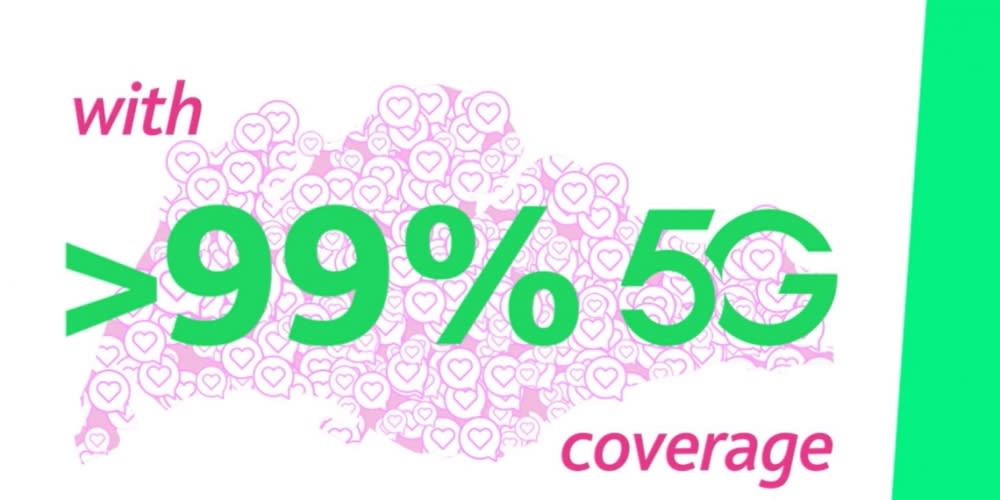StarHub claims to have over 99pc 5G coverage in Singapore

KUALA LUMPUR, Feb 17 ― StarHub, a major telco in Singapore, has hit a new milestone for its 5G coverage rollout. On Valentine’s Day, the telco announced that it has achieved over 99 per cent 5G coverage in the island republic. However, there’s a little caveat here as the claim is for outdoor coverage only.
To recap, StarHub was awarded the 3.5GHz spectrum in June 2020 and it was the first to launch 5G services in August of the same year. The next year, it received an additional 2100MHz spectrum to help expand capacity and coverage for 5G. The telco had accomplished 50 per cent 5G coverage during the first year of launch.
According to Starhub, they are the most awarded 5G network in Singapore which includes 5G Video Experience, 5G Live Video Experience and 5G Availability categories in the Opensignal Singapore Mobile Network Experience Report. In the November 2023 report, StarHub recorded an average 5G download speeds of 360.9Mbps and upload speeds of 25.8Mbps. Among all the telcos, its 5G Availability was the highest at 38.6% and had also recorded the highest consistent quality at 82.7 per cent.
Of course, the achievement shouldn’t come as a surprise as Singapore is a much smaller country geographically. Their biggest telco, Singtel, had already achieved over 95 per cent 5G coverage in July 2022. At the time, Singtel’s 5G Standalone (SA) network had 1,300 outdoor locations covering over 400 in-building and underground locations. 5G SA enables 5G coverage without depending on existing 4G networks as an anchor. Its rival M1 had reportedly achieved 95 per cent 5G coverage back in December 2022 and now has 99 per cent coverage.
Besides having wide 5G coverage, what matters more are 5G availability and adoption. In the Southeast Asian region, Singapore comes up on top with 5G availability of 32.0 per cent which means that 5G users are connected to the 5G network 32 per cent of the time for the period between 1st August to 29 October 2023. This is followed by Thailand at 24.9 per cent, Malaysia at 20.2 per cent, Philippines at 11.9 per cent and Indonesia at 1.0 per cent.
There are several successful enterprise 5G use cases which have been applied in Singapore. This includes Hyundai’s highly automated EV assembling facility which produces the country’s first vehicle in over 40 years.
in Malaysia, the 5G network which was deployed by state-owned Digital Nasional Berhad (DNB) has reportedly achieved over 80 per cent 5G population coverage as of the end of last year. After the recent reshuffle, DNB is now placed under the purview of the newly created Digital Ministry helmed by former communications minister Gobind Singh Deo.
Last year, the current administration announced its decision to transition from a Single Wholesale Network to a Dual Network model for 5G once DNB has achieved 80 per cent 5G population coverage. Following the signing of the share subscription agreement by 5 telcos to acquire a 70 per cent stake, there haven’t been any further updates on the formation and criteria of the second 5G network in Malaysia. ― SoyaCincau



